2019 Elections: Political spends on digital expected to be Rs 500-700 cr
The 2019 General Elections are being fought as much – if not more – on digital media as it is being fought on-ground and traditional media platforms. The weeks leading to the polls have seen digital, specifically social media, dominating as a battleground of issues, hitting out the political opponents and even hashtags.
In a bid to understand and navigate the mindboggling world of political campaign and advertising in the digital world, Adgully spoke to Ashutosh Harbola, Co-Founder & CEO, Buzzoka, and Rajeesh Rajagopalan, Mumbai Head, Grapes Digital.
Digital spends estimate for 2019 elections
According to Rajeesh Rajagopalan, the 2019 General Elections will be the costliest in terms advertising spends. “With the overall spends expected to surge up to 73 per cent over the 2014 polls, the digital spends can be predicted to be somewhere between Rs 500 crore and Rs 700 crore,” he added.
Agreeing with this, Ashutosh Harbola, too, felt that there should be at least a 3x increase in digital spending for the elections.
Brands’ participation in the 2019 elections
Harbola equated the General Elections to the Football World Cup and called it “the greatest Indian political drama” where everyone wants to contribute. He felt, “The one-and-a-half-month sheen of the IPL will go down because of the Indian elections.”
Has digital overtaken traditional media in political advertising?
Rajagopalan recalled that back in 2008, Barack Obama was dubbed as the ‘first social media president’ and closer home, during the 2014 General Elections, Narendra Modi went on to become ‘India’s first Social Media Prime Minister’.
He noted, “Though traditional media will be a part of political campaigns, especially in the heartlands, political parties are definitely opting for a digital-first approach.”
On the other hand, Harbola opined that every level of spends that happen during elections would remain constant, but the entire ad spends would double or triple. “If they were spending Rs 50 crore on digital in the last elections, now they are spending Rs 150 crore on digital. The overall spends are increasing, but it is not that one medium will overtake another,” he maintained.
He further said, “Another aspect that I am surprised with is that the influencer side of spends have also picked up a lot.”
Harbola added. “The level of content has gone very high in these elections. At the end of the day, whoever wins amongst the political parties, content will be the biggest winner in these elections. Content has improved radically in terms of content across political parties.”
Effectiveness of social media policies to bring transparency to the elections
While Rajagopalan felt that there would be some amount of transparency with respect to knowing how much each political party was spending on the digital medium, Harbola pointed out that digital is a very different domain.
Rajagopalan pointed out that it is still extremely difficult to monitor propaganda messages that are spread through Facebook, Twitter and WhatsApp. “Pages on social media that propagate political parties’ agendas masquerading as fan pages and influencers pushing fake news are a big cause of distrust,” he noted.
Harbola, too, said that only certain things could be put under policies, while there are many things that do not come under the written policies. According to him, “Things like boosting the post count of ads are difficult to stop. I am seeing so many ads right now, even though the policies are in place, that are election mandates.”
Harbola explained, “According to the law, there are certain principles guiding what kind of content you can put out there. But there is a subtle way of creating content that can evade these guidelines. The beauty of content is how you portray it, and this is where the election gambit is happening. The entire content strategy in terms of promotion has become very subtle.”
Narratives being pushed by political parties on digital platforms
Commenting on the ruling party, Harbola pointed out that the BJP had been focusing on a progress narrative and their Vision 2020. He added, “The entire discussion around election 2014 was around development. India saw a change as well. Once again, the BJP will continue with that narrative in these elections.”
There has also been a change in narrative. The Prime Minister has focused on the first-time voters and has encouraged young voters to vote this time. “I have noticed that till now the election turnout (for Phase 1 of polling) has been much higher than last time. Whenever the voter turnout is higher during the elections, the BJP has won. The party’s biggest audience is the middle class, but the biggest problem is that the middle class in India does not vote,” Harbola observed.
Rajagopalan noted that while the 2014 elections were fought on the issue of development, the narrative for the 2019 elections is nationalism and the polarisation of India. “This narrative is very dangerous, because it becomes a perception-led narrative rather than a fact-based narrative. On social media, a perception-based narrative is much easier to create and spread. Gone are the days when perception was built on opinions and articles. In the digital age, YouTube videos and memes, coupled with ‘click-bait’ posts and blog articles, build perception, he added.





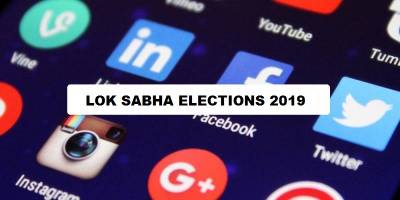

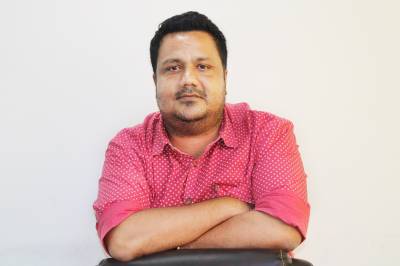
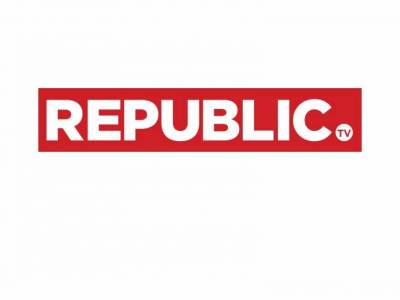
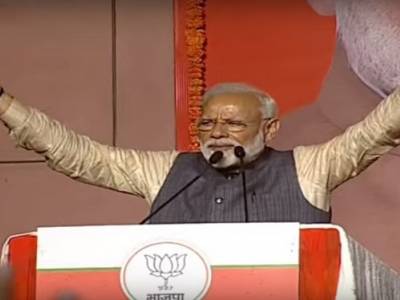
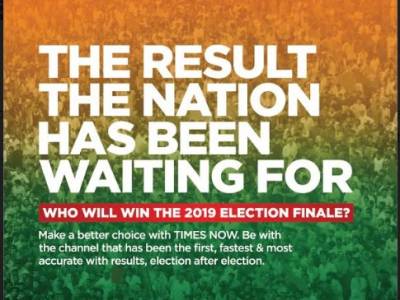
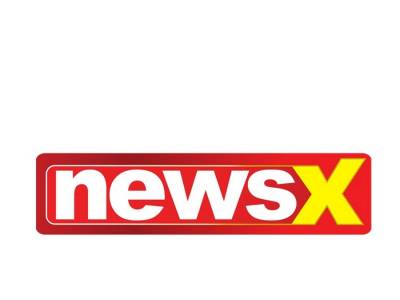

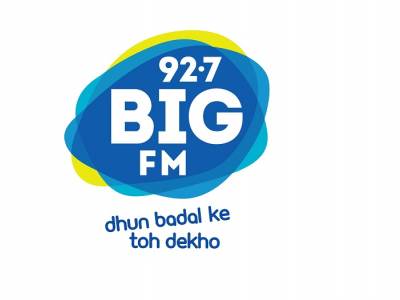

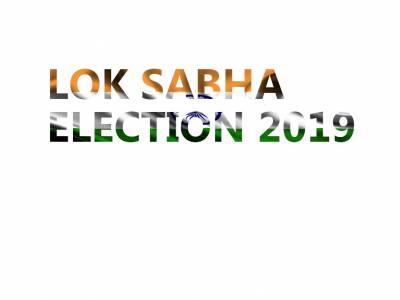
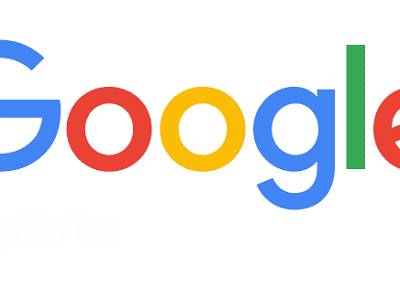
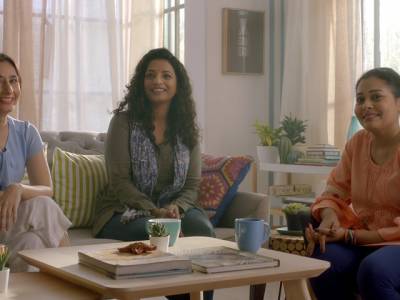

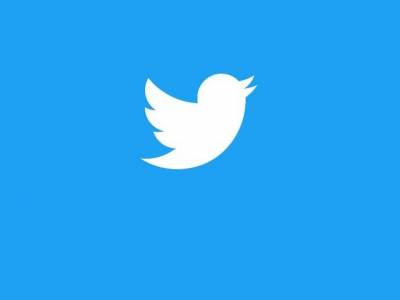



Share
Facebook
YouTube
Tweet
Twitter
LinkedIn